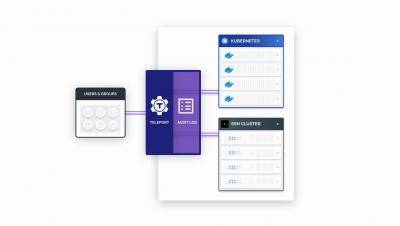Security | Threat Detection | Cyberattacks | DevSecOps | Compliance
%term
Cybersecurity for Industrial Control Systems (ICS) with Tripwire
Visibility for Industrial Networks: Active vs. Passive Monitoring
Insider Threats: Root Causes and Mitigation Practices
The recent IBM 2019 Cost of Data Breach survey found that the cost of a data breach had risen 12% over the past 5 years to $3.92 million on average. While 51% of the data breach attacks were attributed to malicious or criminal actors, a stunning 24% of the breaches were caused by negligent employees or contractors. The report also notesed that the 51% of the criminal actors included, “malware infections, criminal insiders, phishing/social engineering and SQL injection.”
How Log Monitoring Helps Cyber Security?
Logs have been important actors of cyber security environments for a while now. In this article, we will take a closer look on log monitoring and how it can help cyber security operations of your business.
A Cybersecurity Checklist for Monitoring SaaS Applications
Falco in the open
One of the most successful aspects of Kubernetes is how functional the open source community was able to operate. Kubernetes broke itself down in smaller sections called special interest groups, that operate similarly to subsections of the kernel. Each group is responsible for a single domain, and sets their own pace. One of the most important things to a Kubernetes SIG, is the residual SIG calls.











